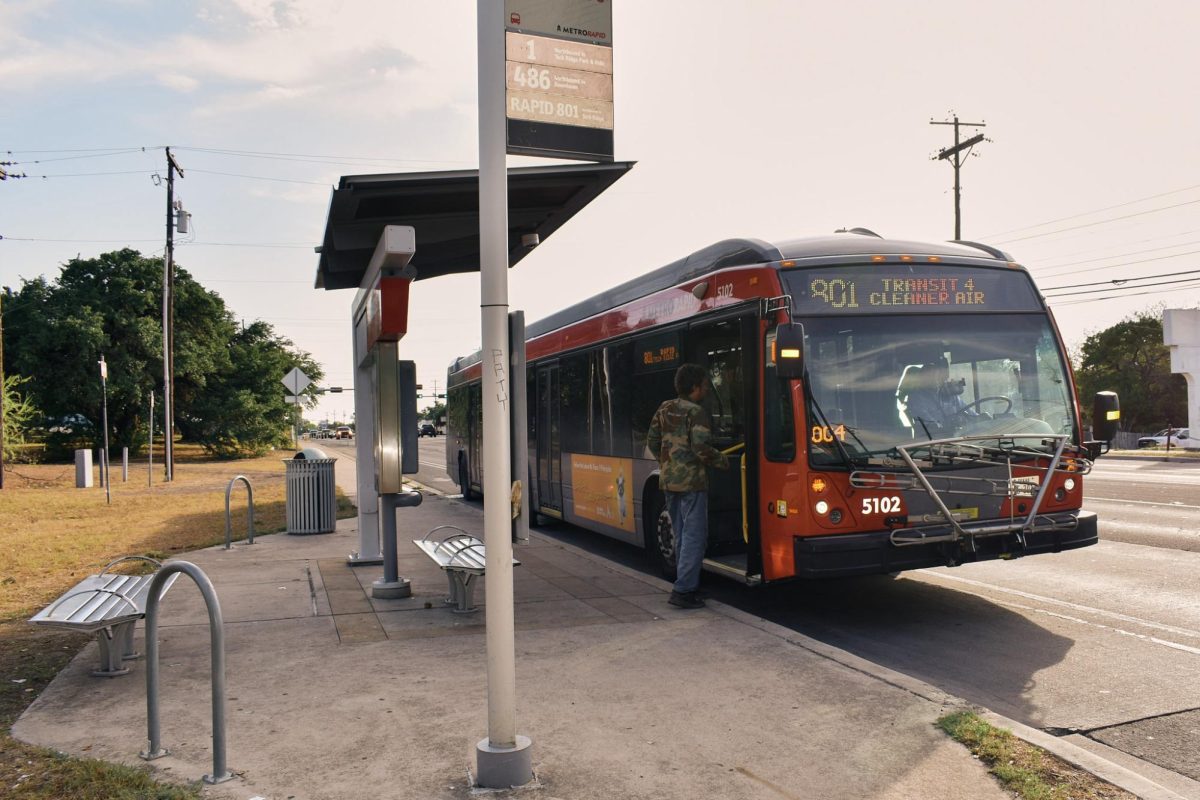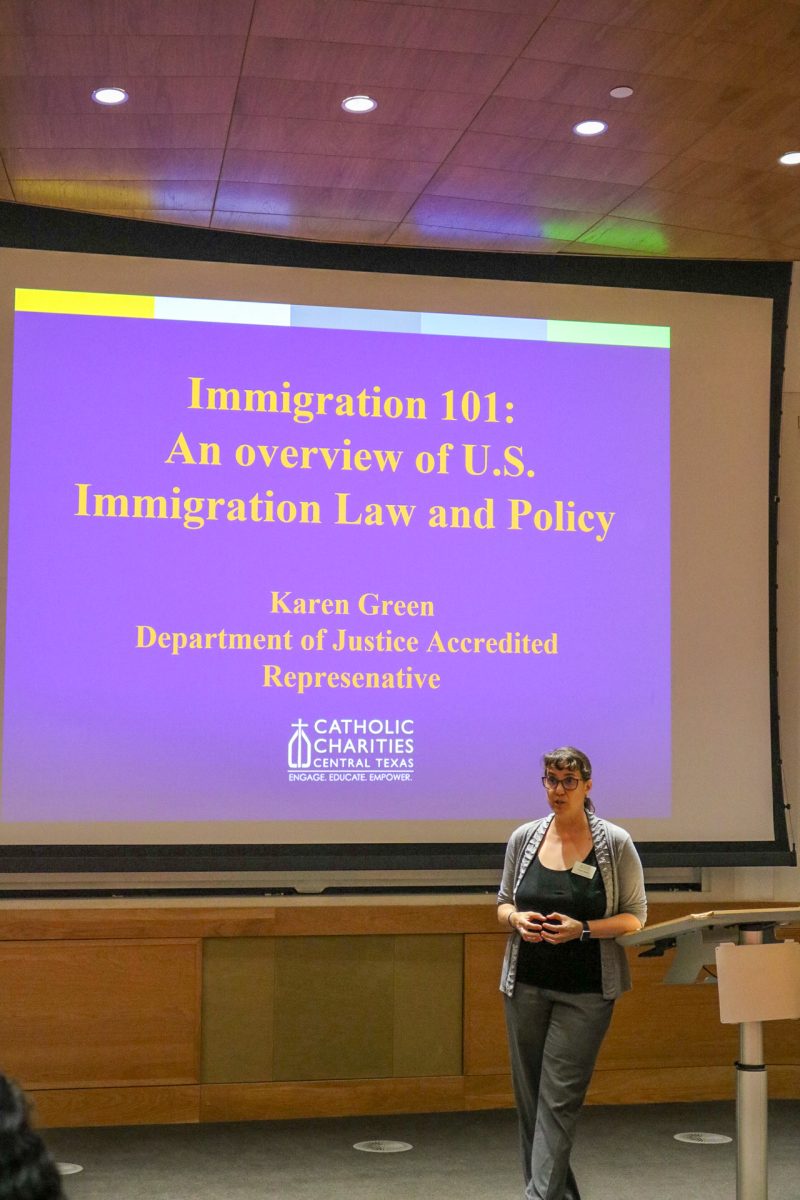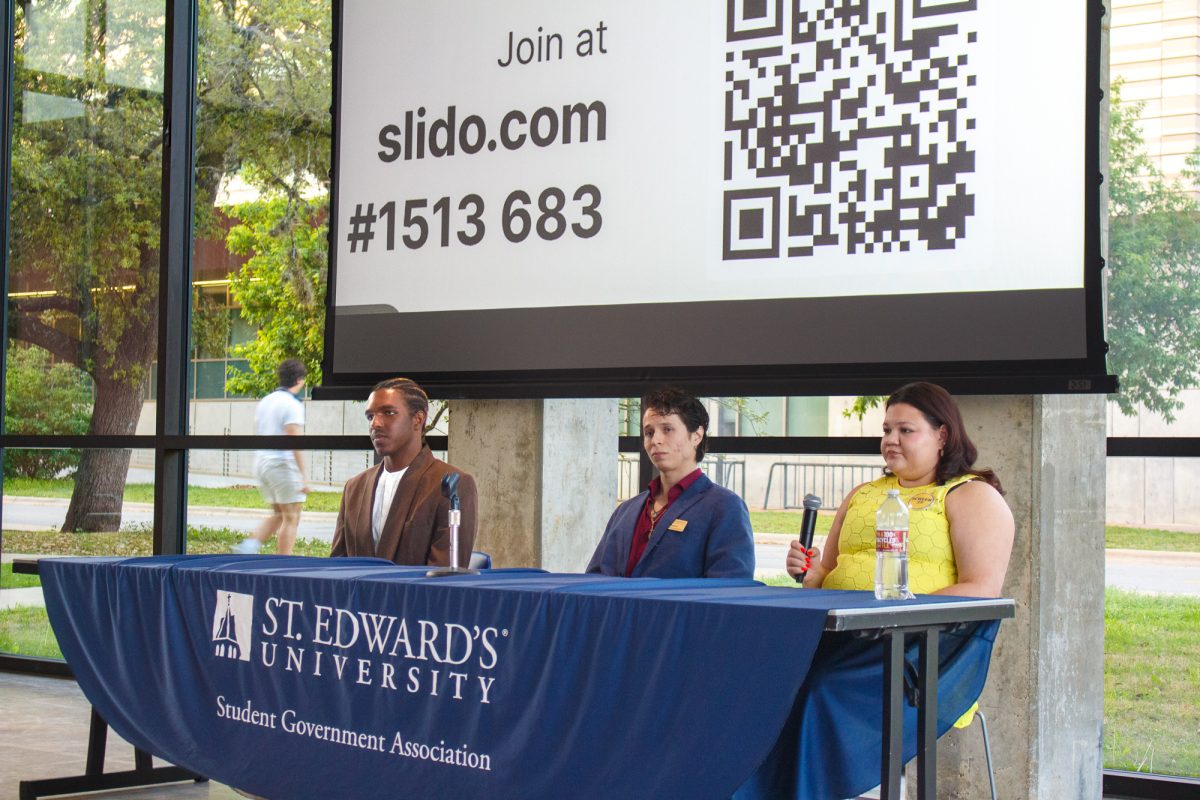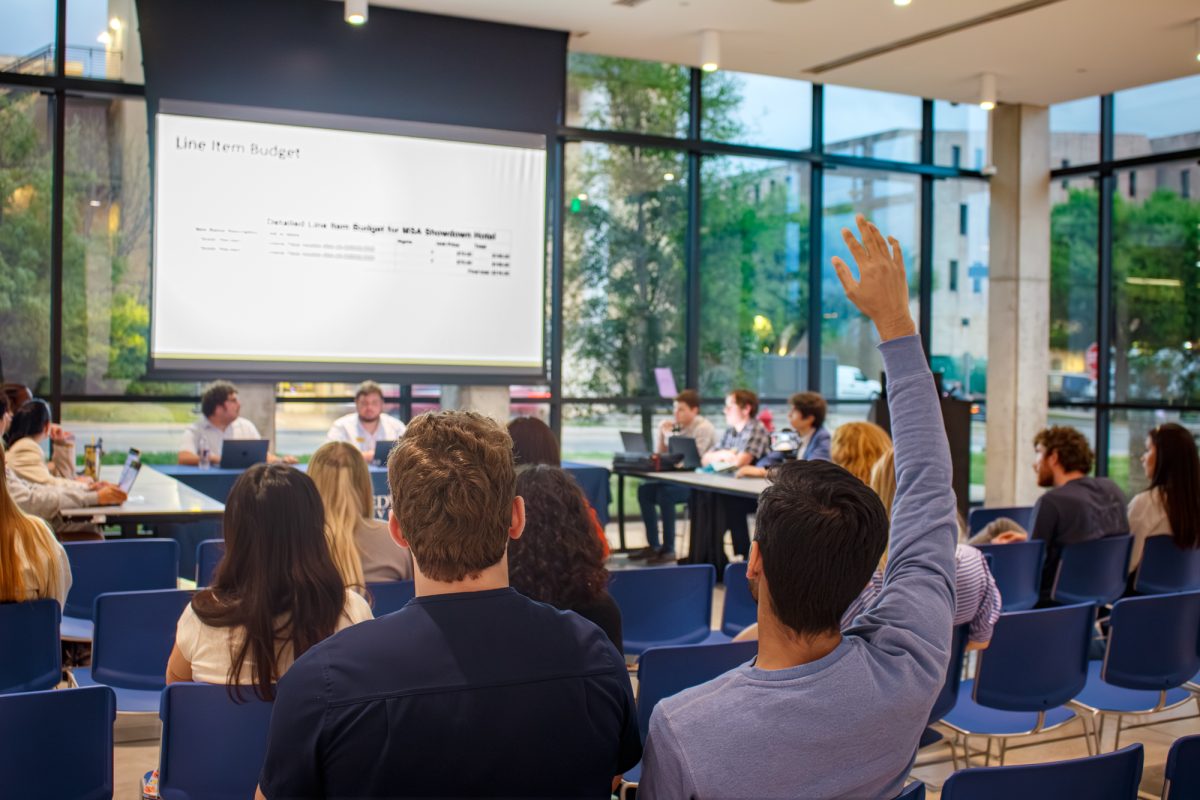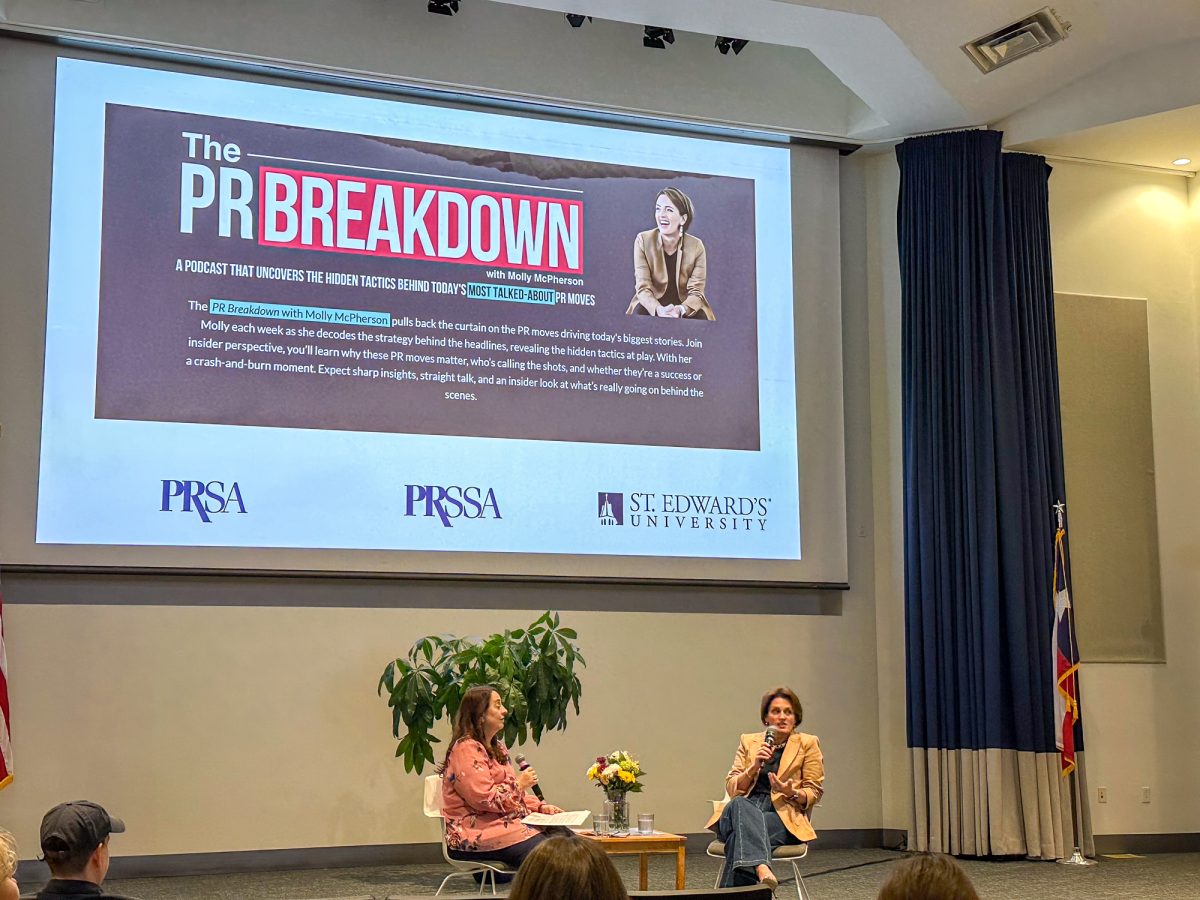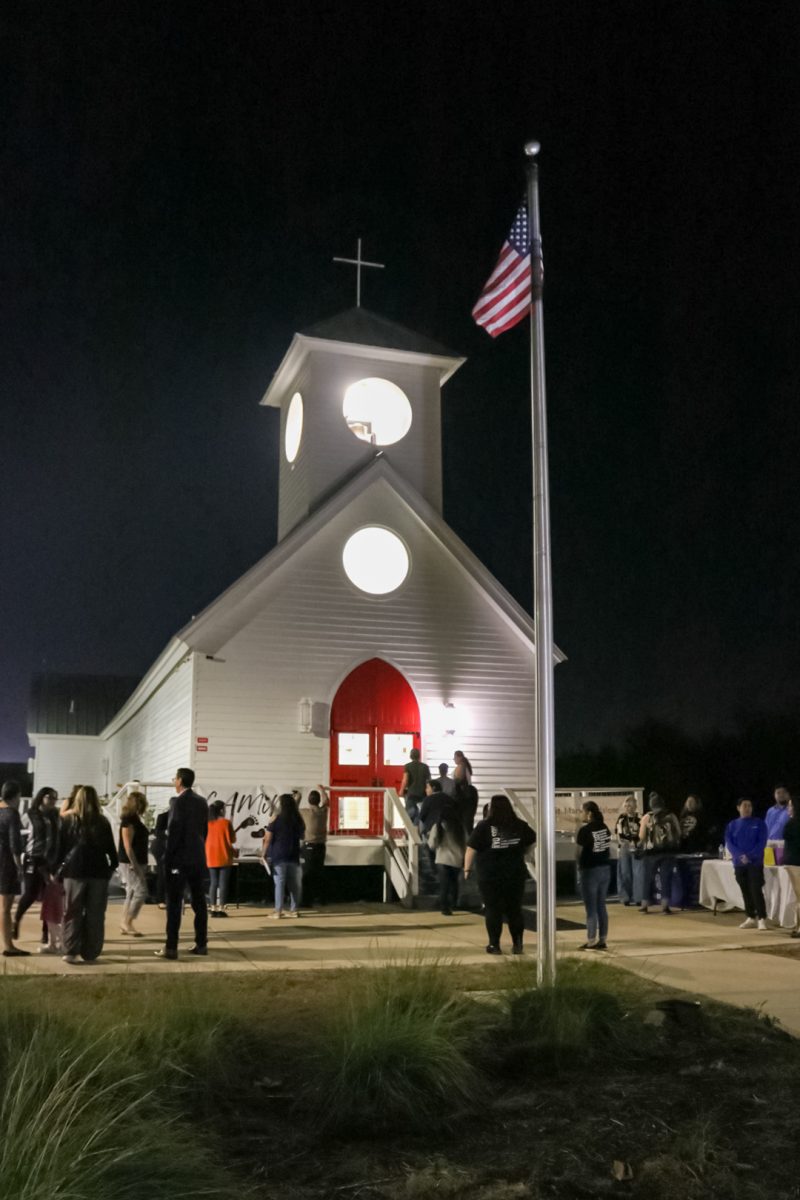CapMetro, the City of Austin’s public transit system, hosted a Zoom meeting on Sep. 12 to discuss the development of their Americans with Disabilities Act Transition Plan, a project aimed at exploring options to make CapMetro more accessible.
From February to July, CapMetro performed a self-evaluation among their facilities.
The evaluation reviewed programs and projects for accessibility barriers and ADA compliances. After evaluation, CapMetro began the project to address and improve the city’s transit system with a focus on accessibility.
At the meeting, they asked to hear feedback from the public to move forward with the plan. CapMetro indicated that they hope to present a rough draft of the plan to their staff sometime in October and a final draft in December.
Their goals and objectives for this plan include improving accessibility for all citizens to access CapMetro; encouraging input from the public, especially the disabled community; educating the public on the requirements of the ADA; developing a list of barriers against the plan with an extensive plan of methods on how to move past those barriers; and identifying funding sources and opportunities for a barrier-removal program.
Common issues that were observed in their evaluation were non-compliant accessible parking, accessible routes not located on the shortest paths, transaction counters being too high, non-compliant public areas and non-compliant restrooms.
The first half of the meeting covered the findings of the self-evaluation, which covered building facilities, accessible paths of travel, accessible parking, transit stops, boarding and alighting areas and amenities. They cited specific examples of accessibility barriers such as a bus stop on Convict Hill Road and Cannon Mountain Drive’s boarding that has an excessive running slope steeper than 2%.
The second half of the meeting focused on public input; attendees were asked to visit two public online surveys about the plan and Wiki map and to spread the word about the surveys to others.
“It’s very refreshing to hear that CapMetro has done work towards accessibility,” said Esther Heymans, the president of St. Edward’s Disabled Students Organization. “They’ve been working for a while to refurbish pretty much everything about them. It is refreshing to see that a project like that has been taken on, and I’m really excited to see the results that come from it. CapMetro is not accessible, it tries… but it fails in a lot of ways to serve the population it needs to serve. A lot of that is the fact that Austin was not built for as many people as Austin has.”


